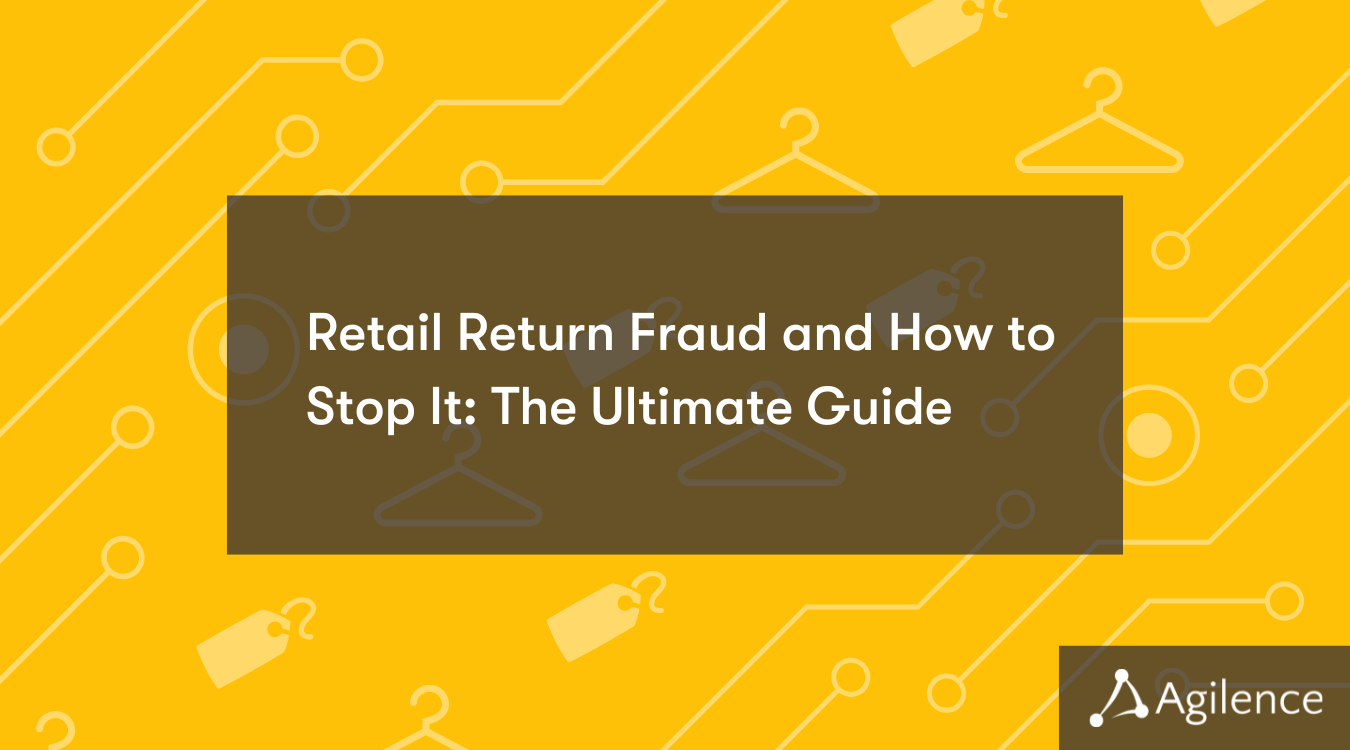What's your Real Return Rate? Calculating Omnichannel Returns and Exchanges
Retail Keneavy Krenzin
Keneavy Krenzin
.png?width=900&height=600&name=retail-register%20(1).png)
Online orders, curbside pickup, BOPIS, and other omnichannel models have redefined how customers can purchase products. Just as the definition of “purchase” is changing, so is the definition of “return”. Here are a few return definitions to keep in mind.
- Full-Refund Return – The item is returned for a full refund.
- Discounted Return – The item is returned; however, there may be a discount on the refund due to damage or return outside the normal time limits. No new items are purchased.
- Even Exchange – A new item is exchanged for the returned item for the exact amount. The store may create a return transaction, but no money is due from or paid to the customer.
- Negative Exchange – The price of the returned item is less than that of the newly purchased item and the store will owe the customer a refund.
- Positive Exchange – The price of the new item purchased is more than the returned item. The customer owes the store money.
It is important to track both sides of the transaction, the payment, and inventory impact. The transaction's payment side can vary, where refunds may occur in cash, credit to the original form of payment, or gift cards depending on store policy.
Real Return Rate vs. Traditional Return Rate
Measuring a store’s return rate is critical to understand if return metrics are within standard benchmarks. It may indicate higher levels of theft or spoilage or show a further need for loss prevention for locations that exceed those benchmarks.
Understanding how these metrics are calculated is key to discovering underlying problems that retailers should address. For instance, the Traditional Return Rate is usually calculated by taking total return transactions and expressing them as a percentage of net sales:
(Total Value of Pure Returns) / (Total Net Sales) = Traditional Return Rate
Many POS and ERP systems will calculate this simplistic metric. But the Traditional Return Rate lacks the detail of the multiple types of returns and exchanges in today’s retail environment. Because the formula focuses on money changing hands, it excludes the impact of even exchanges that may change inventory, but not sales, since no money was exchanged with the customer.
For example, let’s say a customer returned a stained blue T-shirt for the same blue T-shirt without a stain. This even exchange is not recognized as a financial transaction because no money changed hands. The Traditional Return Rate excludes this type of transaction. But what if the price of the T-shirt changed between the time of purchase and the time of the exchange?
Enter the Real Return Rate.
Retailers should uncover the diverse impacts that result from returns, exchanges, monetary transactions, and other costs. The Real Return Rate seeks to capture the actual cost of the customer's return to the business, not just the traditional financial inflow or outflow. The goal is to capture all types of returns, even exchanges, and positive or negative exchanges on the retailer’s operations.
What are traditional return rates missing?
Today’s retailers now take a holistic view of operations. Consumer purchase behaviors have changed, resulting in returns and exchanges happening at the store level and eCommerce distribution centers (DC). Retailers are now categorizing the flow of returns and exchanges into two categories, inbound, and outbound.
Real Return Rate
Customer Sales and Returns Categories
|
|
Inbound Transactions To Store or DC |
Outbound Transactions To Store or DC |
|
Merchandise |
Product Return or Exchange (all types) Products flow back into the store or DC |
Products sold to customer |
|
Financial Transaction |
Refund (Cash or Credit) | Gross Sales |
Every item that flows in and out of a store or DC represents a cost to the retailer. By dividing these processes into more distinct categories, retailers can find the underlying drivers that increase or decrease costs. The better a retailer understands those drivers and the resulting metrics, the more effort they can put into observing and controlling those factors.
Let’s go back to our example of the customer who exchanges a stained blue T-shirt (original price of$14.99) for a clean blue T-shirt of the same brand (current price $16.99).
|
|
Inbound Transactions To Store or DC |
Outbound Transactions To Store or DC |
|
Merchandise |
Stained T-shirt Returned (14.99) | New T-Shirt Provided (16.99) |
|
Financial Transaction |
Refund Given for $14.99 | Gross Sales Increased $16.99 |
Under this scenario, the retailer would choose to create a refund for the stained T-shirt ($14.99) while increasing Gross Sales by $16.99, a net increase of $2.00. This approach price changes and other inventory fluctuations that occurred between the time of the purchase or return, categorizing them correctly.
Using this inbound and outbound approach, the retailer can more precisely track the number of stained T-Shirts returned to identify a vendor or distribution issue and the number of new T-shirts sold as replacements. This granular view provides retailers with the detailed metrics they need to track problems and find resolutions. Under the old approach, returned shirts were probably invisible, as was the financial impact to the company of the returns and replacement sales.
Benefits of Real Return Rate Analysis
The Real Return Rate provides the data that retailers need to take specific actions that improve productivity, resolve hidden issues, and identify loss prevention opportunities. It creates more visibility not just into “returns,” but the type of return, the reason for the return, and the financial impact.
Returns happen across all channels. The Real Return Rate offers a way to segment returns by channel, including BOPIS, online, curbside, or in-store purchases. The more detailed transactions retailers can analyze, the greater ability they have to thwart return fraud and abuse, as exhibited by the rise of Organized Retail Crime (ORC).
Finally, understanding the detail behind return metrics helps retailers create more precise benchmarks by location, time of year, product line, and other segments that help them identify a specific problem, resulting in greater profitability.
What is an Optimal Return Rate?
An optimized return rate strikes the right balance between too many returns that can open up the retailer to lost profits or fraud and a strict policy that limits the consumer’s desire to make purchases and ultimately hurts the brand's reputation and hurts revenue.
Return rates are directly impacted by the retailer’s return policies and process, as well as many other factors. Some considerations when optimizing return policies and processes:
- How are current return policies defined?
- What actions and overrides are necessary during the returns process?
- Do return policies differ per channel?
- Do you offer BORIS (Buy online, return in-store) and how does this process differ from a return of goods that had been purchased in store?
- Do your policies and practices deter fraudulent returns?
- What is your method of validating receipts during the return process?
- How do return transactions interact with your rewards program or systems?
Answers to these questions and more will help to illuminate areas for improvement throughout the returns program.
Returns and exchanges impact not only the bottom line but the customer experience. Retailers can now understand what products are being returned, what time, and what location can provide significant insights for inventory management, loss prevention, and efficiency.
Learn more about making the switch from legacy reporting systems to cutting-edge technology in our on-demand customer panel webinar, “The Switch: Leaving Legacy Reporting for Modern Data Analytics.”
Related Articles

How to Combat Return Fraud and Abuse
Accepting returns is an important way for retailers to build trust with new customers, encourage confidence in purchases, and....png)
Defining Retail "Returnaholics" into four categories
Defining Retail "Returnaholics" into four categories A lot has been made about a recent article on AOL.com regarding "returna...
Retail Return Fraud and How to Stop It: The Ultimate Guide
According to the National Retail Federation, return fraud has ballooned into a $101 billion issue, affecting a staggering 13....Subscribe to our blog
Receive free educational resources like exclusive reports, webinars, and industry thought leadership articles straight to your inbox.


